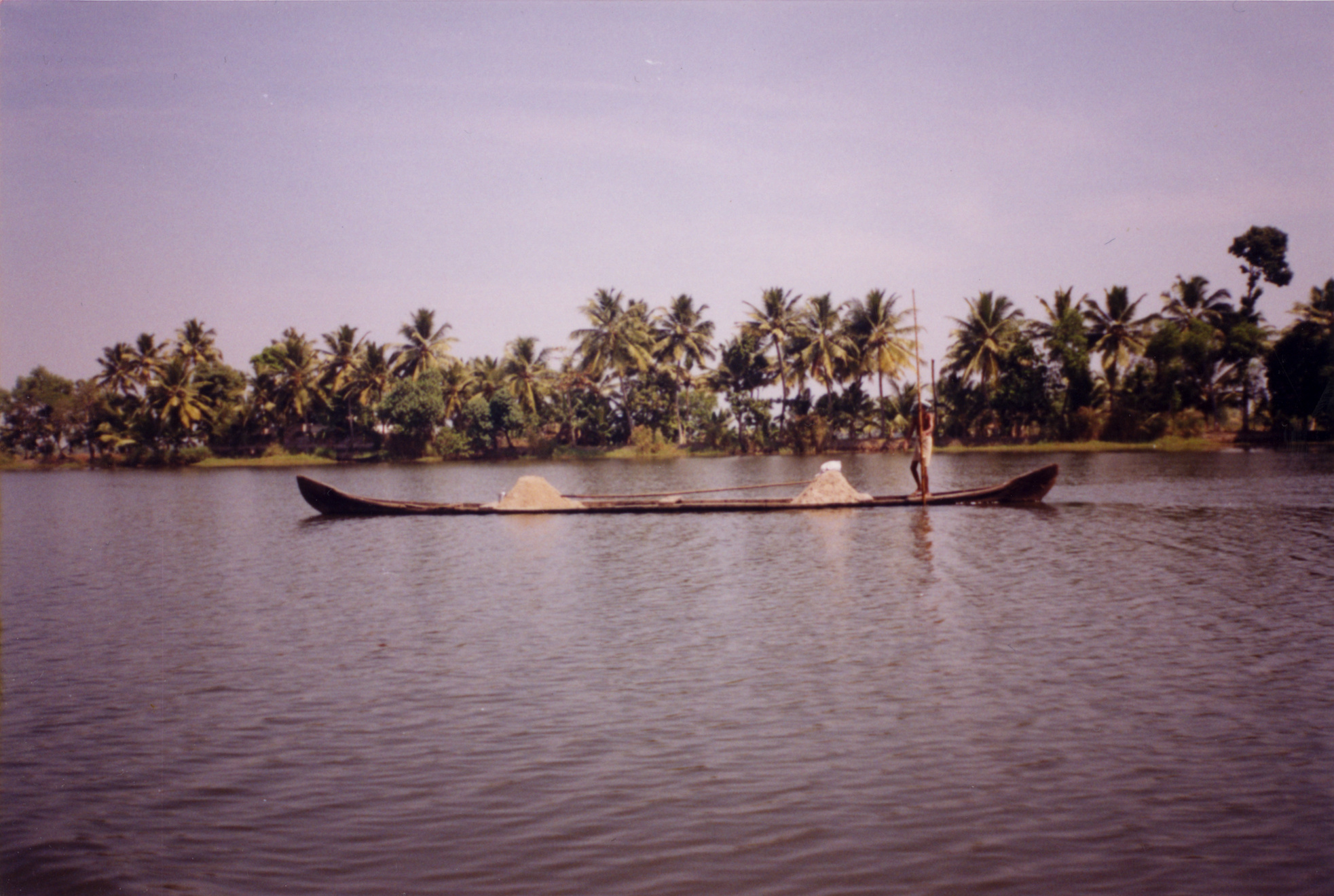Ocean Rhythms and Their Impact on Fishing
페이지 정보

본문
The Earth's oceans periodically move in response to the moon's gravitational pull on the Earth's oceans. The dynamic relationship between the Earth's oceans and celestial bodies creates a changing system that affects the ocean's surface in many ways.

There are two primary types of tides: high tide and low tidal drop. High tide results in an increase in the water's height resulting in an increase in the water's height. On the other hand, low tide takes place when the gravitational pull decreases, causing the sea level to drop. This fluctuation in water levels is crucial for fishing, as different species are more likely to be active during specific tidal phases.
One of the primary ways tides impact fishing is by exposing and hiding different areas of the ocean floor. When the tide is low, shallow areas that are normally inaccessible become exposed, allowing anglers to target species that live in these areas. On the other hand, during high tide, these same areas become submerged, making them inaccessible to anglers. Understanding the tides and how they affect the exposure of different areas is crucial for locating and catching the desired species.
Another way tides impact fishing is by affecting the habitat of different species. Many fish species, including species like stingrays, are more likely to be active during changing tide cycles. This is because the changing water levels create a dynamic environment that makes it easier for these species to hunt and feed. In addition, some species, like mullet and pompano, are known to concentrate in areas where the tidal currents are stronger, making these areas best fishing spots for anglers.
In addition to this, understanding tides is also crucial for planning and planning fishing trips. For instance, anglers may want to plan their fishing trips during the early stages of the incoming tide, when the water is clear and fish are actively feeding. Conversely, anglers may want to avoid fishing during the late stages of the outgoing tide, when the water is murky and fish are less likely to be active.
The effects of tides extend beyond fishing, tides also have other effects on the ocean ecosystem. The changing water levels and currents caused by tides can affect the distribution and abundance of marine species, as well as the availability of food for party Boat docklands different species. This, in turn, can impact the overall well-being of the ocean ecosystem.
To summarize, understanding tides and their impact on fishing is essential for anglers who want to catch their desired species. By understanding how tides affect the ocean's surface, behavior of different species, and planning and execution of fishing trips, anglers can optimize their fishing experience. Furthermore, the dynamic influences between the Earth, the moon, and the sun that create tides also have a profound impact on the ocean ecosystem, highlighting the importance of respecting and understanding the ocean's cycles.
- 이전글코인입금 【원벳원보증.com / 가입코드 9192】 위너 25.07.06
- 다음글카마그라두통 시알리스 구입방법 25.07.06
댓글목록
등록된 댓글이 없습니다.

